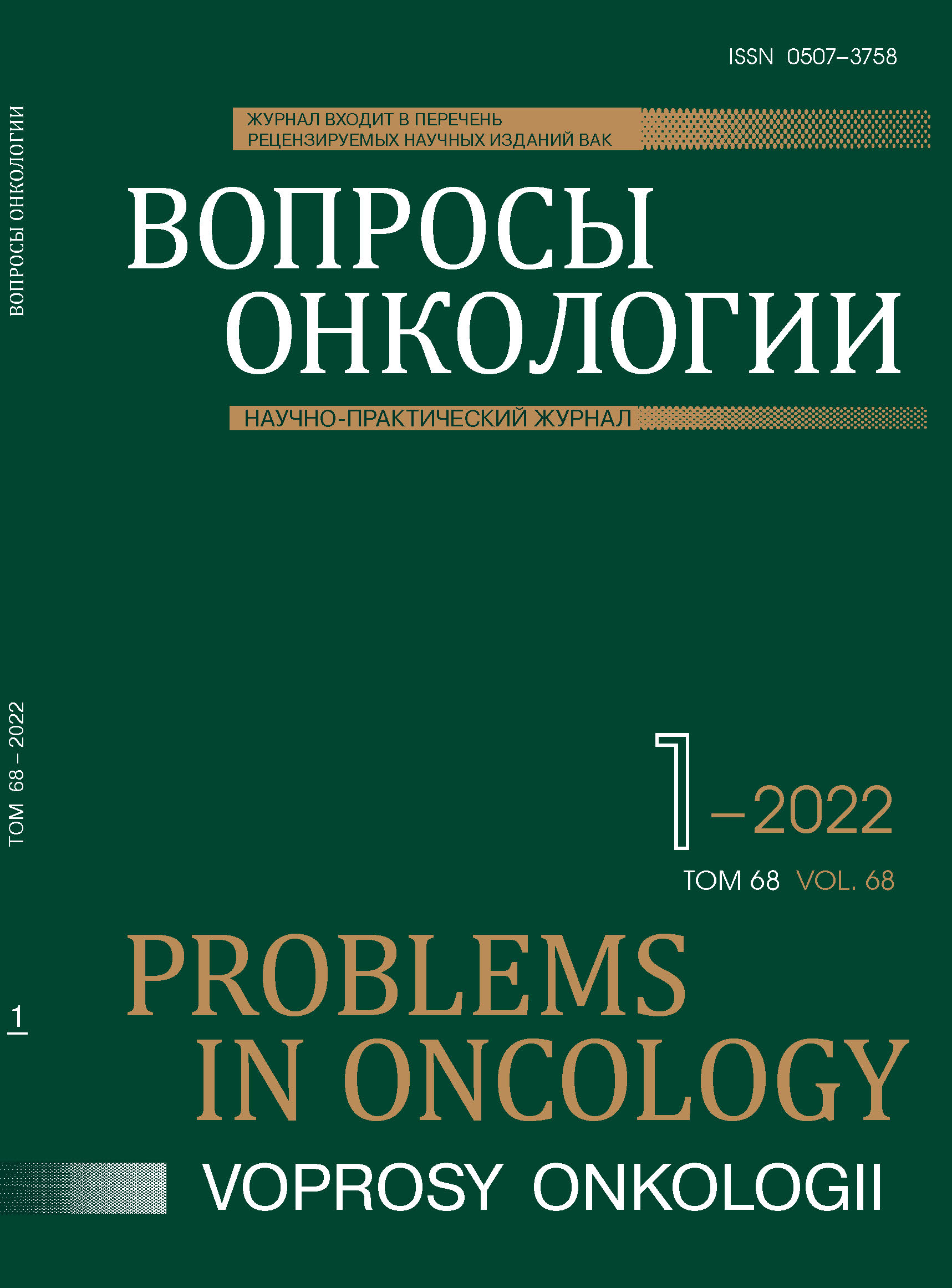Abstract
The case of surgical treatment of giant sporadic angiomyolipoma of the kidney is presented.
By definition, an angiomyolipoma is a highly active vascular benign tumor consisting of endothelial cells, smooth muscles and adipose tissue.
The diagnostic standard includes ultrasound diagnostics and computed tomography. The presented patient has in the lower segment of the left kidney, a giant subcapsular lipoma with a pronounced angiomatous component, 64×40×82 mm in size.
The main method of treatment for this disease is surgical. In this case, the minimally invasive surgical intervention was chosen as the first stage: superselective embolization of the branches of the left renal artery. Selective angiography revealed a symptom of pathological neovascularization. Through the microcatheter, embolization of the branches of the left renal artery by embospheres was performed.
In the postoperative period, the patient noted a decrease in the intensity of the pain syndrome, up to its complete disappearance. In the case of formations larger than 4-5 cm in diameter, embolization can be considered as the first stage of the surgical operation. Further reduction of the education in volume can allow the second stage of surgical treatment to be performed — laparoscopic kidney resection.
Angiomyolipoma of the kidney of this size is a rather rare pathology. Similar formations make up approximately 0.3–3% in the population and the methods of their treatment are not always unambiguous.
Therefore, we believe that each clinical case is very important and interesting in its own way and is also valuable in terms of accumulating experience in the treatment of such patients.
References
Martignoni G, Amin MB. Angiomyolipoma. Pathology and Genetics of Tumours of Urinary System and Male Genital Organs / Ed. John N. Eble, Guido Sauter, Jonathan I. Epstein, Isabell A. Sesterhenn. Lyon: IARC Press, 2004:6567.
Weiss MA, Mills SE. Neoplasms of the urinary tract. Vol. 5: Atlas of genitourinary tract disorders. 1991. Chapter 11. P. 11.211.58 doi:10.1016/b978-070202823-6.50127-5
Rabenou R.A., Charles H.W. Differentiation of Sporadic Versus Tuberous Sclerosis Complex-Associated Angiomyolipoma. 2015. doi:10.2214/ajr.14.14255
Permpongkosol S, Link RE, Solomon SB, Kavoussi LR. Results of cоmputerized tomography guided percutaneous ablation of renal mаsses with nondiagnоstic pre-ablation pathological findings / // J Urol. 2006;176(2):463–467. doi:10.1016/j.juro.2006.03.039

This work is licensed under a Creative Commons Attribution-NonCommercial-NoDerivatives 4.0 International License.
© АННМО «Вопросы онкологии», Copyright (c) 2021
